Moroccan Tea: The Heart of Hospitality and Everyday Culture
Moroccan culture is built on tradition, community, and respect. Moroccan culture has been shaped by different influences over the centuries, Amazigh (Berber), Arab, Andalusian, and African. You can see this in everyday life: in the way people greet each other, how they share meals and how important family and religion are in daily routines. have you ever wondered the strong relation that connect Moroccans with Moroccan Tea?
One thing that stands out to many visitors is the way Moroccans welcome others. Hospitality is taken seriously here. If you visit someone’s home, even for a short time, you’ll almost always be offered something, and most often, that’s a glass of mint tea.
This tea, famous as Atay in Morocco, is much more than a drink. It’s a tradition that brings people together. Whether it’s a quiet afternoon at home, a family gathering, or a meeting with friends or strangers, It is always part of the moment. It shows respect, friendship, and the value of taking time to sit and talk.
In this article, you’ll learn how the Moroccan tea became such an important part of Moroccan life, where the tradition comes from, and how people prepare it all across Morocco.
The Origins and History of Moroccan Mint Tea
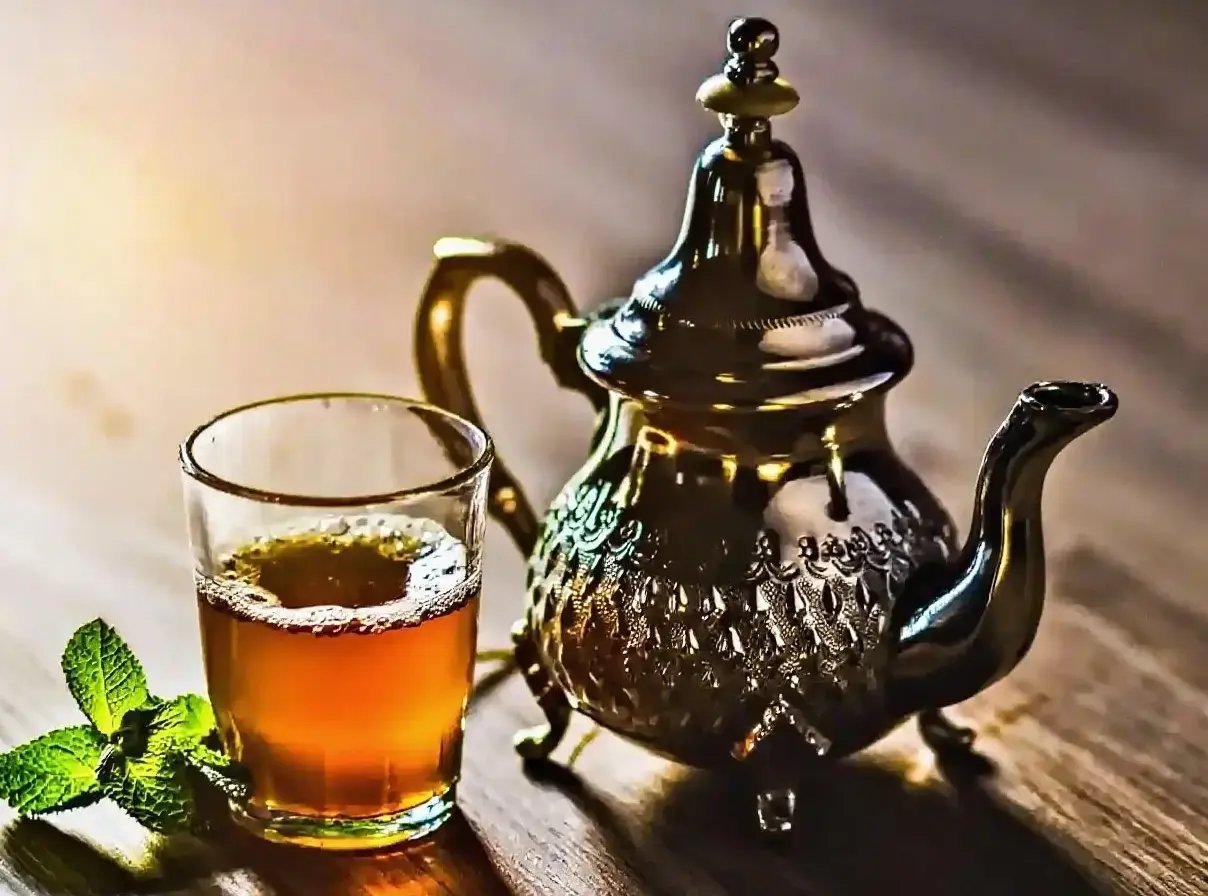
Moroccan mint tea may seem like a simple drink, but it has a long history behind it. The tea itself, green tea leaves, first came to Morocco through trade in the 17th or 18th century. Some say it was brought by merchants from Asia, while others believe it arrived with European traders, especially the British.
At first, the rich people was the only ones that drink tea. However, over time, it became more common across different regions and social classes. People began mixing the green tea with local ingredients, and fresh mint quickly became the most popular addition. This is how ”Atay b’naana”, green tea with mint, was born.
Moroccans added sugar for the taste but also as a sign of generosity. Serving sweet tea to guests showed that they were welcome and appreciated. In many families, the tea is still made very sweet, especially during holidays or important gatherings.
The way Moroccans serve tea also has meaning. They usually pour it from a height, in small glasses, to create foam on top. This isn’t just for looks, it’s part of the tradition and seen as a sign that the tea has been prepared well.
Over the years, Moroccan mint tea has become more than just a drink. It’s now a symbol of hospitality, family, and culture, and it plays an important role in daily life all across the country.
How Moroccan Mint Tea Is Prepared and Served
Making Moroccan mint tea is a simple process, but they make it with care and attention. It’s not something rushed, it’s part of a moment, often shared with others.
Ingredients:
The classic ingredients are:
- Chinese green tea leaves (usually gunpowder tea)
- Fresh spearmint (called na’na in Moroccan Arabic)
- Sugar
- Hot water
Tools:
You’ll also need:
- A traditional metal teapot
- A heat source (gas stove or charcoal brazier)
- Small Moroccan tea glasses
Preparation Steps:
- Rinse the tea: Start by placing a spoon of green tea into the teapot and adding a small amount of boiling water. Swirl it gently to rinse the tea leaves, then pour out this water. Don’t throw away the tea, just the water.
- Steep the tea: Add fresh boiling water back to the teapot, then place it on low heat to let the tea brew for a few minutes.
- Add mint and sugar: Add a handful of fresh mint leaves and a generous amount of sugar (adjust to taste). Put the teapot back on the heat for another few minutes.
- Mix the tea: The traditional way to mix the flavors is by pouring out a glass of tea and then pouring it back into the pot. This is repeated a few times to blend everything well.
- Pour with height: When the tea is ready. People pour it into small glasses from a height of about 12 inches. This helps create foam, which shows the tea was made correctly.
When and Where Moroccans serve mint tea?
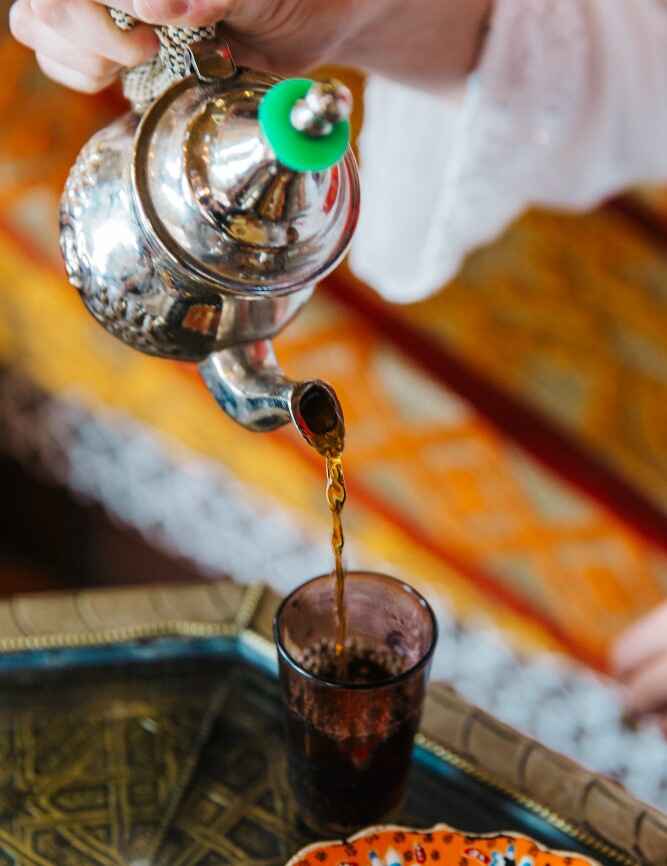
In Morocco, tea is part of everyday life. People serve tea many times a day in many different situations. Whether you’re in a busy city, a quiet village, or a desert camp, tea is almost always nearby.
Daily Life
Most families drink tea at least once or twice a day. They often serve it at mid-morning or in the late afternoon. It may come with a small snack like bread, olives, nuts, or traditional sweets. Some people also drink it after lunch or dinner to relax and help with digestion.
Religious and Family Occasions
Tea is also an important part of religious and family events. During Ramadan, for example, Moroccans serve tea right after breaking the fast at sunset. You’ll also find it at weddings, holiday celebrations like Eid, and during family visits.
In Markets and Shops
In Moroccan souks and shops, People often offer mint tea to visitors — especially when buying something like carpets, clothes, or crafts. It’s a way of building trust, not just closing a sale. Sitting down for tea with a seller turns the moment into more than just business.
In the Desert and Mountains
In the Sahara and Atlas Mountains, tea takes on a special meaning. Moroccans prepare it slowly, over charcoal, and shared in a circle. Here, tea is a sign of hospitality, but also a time to pause, talk, and connect with others.
Tea in Morocco is not just about drinking, it’s about slowing down, sharing, and making people feel welcome.
Moroccan Tea Etiquette and Cultural Meaning
In Morocco, serving and drinking tea comes with certain habits and unspoken rules. These customs may seem small, but they carry a lot of cultural meaning.
Serving Tea as a Sign of Respect
The person preparing the tea usually serves it to everyone present before pouring for themselves. This shows hospitality and respect. In many homes, the head of the family or an elder is the one who makes the tea, especially during gatherings.
If you’re offered tea, it’s polite to accept, even if you don’t plan to drink much. Refusing it without explanation can seem rude, especially in a traditional setting. Taking at least a few sips is a way of showing appreciation.
Tea Is a Social Moment
Tea is rarely rushed. It’s meant to be enjoyed slowly, with conversation. People may sit for 30 minutes–1h or more just talking and sipping tea. It’s not just a drink, it creates time for connection.
Even in shops, if a seller offers tea, it’s a sign that they want to create a friendly relationship. You’re not expected to buy anything, but accepting tea helps build a positive exchange.
The Teapot and the Pouring Style
Pouring the tea from a height, sometimes up to a foot above the glass, is a skill passed down in many families. It creates a bit of foam on top, which is considered a mark of a well-prepared tea. The metal teapot is held with care, and the glasses are small and clear to show the tea’s color.
In Morocco, tea is more than a habit, it’s part of how people welcome others, show kindness, and take time to connect. Whether you’re a guest in someone’s home or just sitting in a café, sharing tea is a way to feel part of the moment.
How Tourists Can Experience Moroccan Tea Culture

For visitors, Moroccan mint tea is one of the easiest and most enjoyable ways to connect with local culture. It’s more than a photo opportunity, it’s a real part of daily life that you can take part in almost anywhere you go.
At Riads and Guesthouses
Most riads (traditional guesthouses) offer tea to guests on arrival. This small gesture is a sign of welcome and sets the tone for your stay. if they serve tea for you again in the afternoon or after dinner.
During Guided Tours and Excursions
If you’re exploring the Atlas Mountains, the Sahara Desert, or even smaller towns, locals will invite you to share tea with. In Berber villages, they usually pour it over charcoal, giving you time to talk, relax, and enjoy the experience.
In Markets and Artisan Shops
In many souks and traditional stores, sellers may invite you to sit down for tea while you look at goods. This is part of the culture, not pressure to buy. Feel free to accept and enjoy the conversation, it’s often one of the best ways to learn about the area and daily life.
Tea Workshops and Cooking Classes
Some cooking classes include a tea-making demonstration. This is a great way to learn how to make atay properly, including the technique of pouring from a height and balancing the flavors of green tea, mint, and sugar.
Trying It at Cafés
In most cafés, especially in cities like Marrakech or Fez, mint tea is on every menu. Try different versions, some use lots of mint, others more tea or sugar. You’ll quickly notice how each place has its own style.
Whether you drink it in a small mountain village or on a rooftop café, Moroccan mint tea is an experience worth having. It’s a quiet, meaningful way to take part in something real, a tradition that continues to bring people together every day.
Alternatives for People Who Don’t Drink Mint
While mint is the most common herb in Moroccan tea, it’s not the only option. There are several traditional and accepted alternatives that locals sometimes use — either on their own or blended with green tea.
1. Wormwood (Chiba) Tea
- Flavor: Strong, slightly bitter, herbal
- When used: Often during winter or when someone has a cold or stomach pain.
- Note: People add Chibba to green tea just like mint — but in smaller amounts because it has a bold taste.
2. Lemon Verbena (Louiza) Tea
- Flavor: Light, lemony, and calming.
- Popular as: A caffeine-free herbal tea or sometimes added to green tea instead of mint.
- Great for: Evening tea or relaxing moments.
3. Rosemary (Azir) or Sage (Salmia) Tea
- Flavor: Earthy and aromatic.
- How it’s used: Infused with green tea or on its own. Sometimes used in rural areas.
- Benefits: Believed to help digestion and improve focus.
4. Plain Green Tea (Without Any Herbs)
- Option: Just skip the herbs entirely and sweeten green tea with sugar. Some Moroccans prefer it this way, especially when fresh mint isn’t available.
FAQs:
What is special about Moroccan mint tea?
Moroccan tea is more than just a drink, it’s part of daily life and a symbol of hospitality. They make with green tea, fresh mint, and a generous amount of sugar. What makes it special is the way Moroccans serve it and share it. It brings people together during meals, visits, and ceremonies, people usually offer it to guests as a sign of welcome and respect.
Why is Moroccan mint tea so sweet?
Sugar in Moroccan tea is a sign of generosity. Serving sweet tea is a traditional way to show kindness to guests. Some families use a lot of sugar, especially during holidays or special events. The sweetness also balances the strong flavor of green tea and mint.
How to drink mint tea in Morocco?
Moroccans usually serve tea in small glasses, poured from a height. When offered tea, it’s polite to accept, even if you only drink a little. People sip it slowly while talking or relaxing. They often serve it multiple times in a row — and each glass might taste slightly different as the tea continues to steep.
Can I drink Moroccan mint tea at night?
Yes, many people in Morocco drink mint tea at night, especially after dinner or during family gatherings. However, because it contains green tea (which has caffeine), some prefer a smaller amount in the evening. If you’re sensitive to caffeine, you can ask for a lighter version or just enjoy it earlier in the day.
What to eat with Moroccan mint tea?
People usually serve tea with:
- Moroccan cookies (like ghriba or kaab el ghzal)
- Nuts and dried fruits
- Bread with olive oil or jam
- Traditional pastries like chebakia during Ramadan
In the afternoons, tea is sometimes part of a small snack or shared during casual visits.
Moroccan Mint Tea A Daily Tradition with Deep Meaning
Moroccan mint tea is more than just a refreshing drink; it’s a part of daily life, culture, and connection. From the way they prepare tea to the way they share it, tea reflects the values of hospitality, respect, and togetherness that are at the heart of Moroccan society.
Whether you’re visiting a family home, exploring a market, or simply relaxing in a café, they will often offer you a glass of mint tea. Accepting it isn’t just polite, it’s a way to experience something real and meaningful.
For those who want to understand Morocco more deeply, start with a cup of tea. It’s a small ritual that opens the door to conversation, tradition, and the everyday rhythm of life in Morocco.
Are you planning a trip to Morocco soon? Check out our Morocco Tour Packages below and let us know which one best meet your demands! However, if you would like to create your own itinerary based on your preferences and interests, feel free to contact us and we’ll gladly help you get the best trip itinerary tailored to your requests.
- 9 days tour from Casablanca to Marrakech
- 7 days tour from Casablanca to Marrakech
- 8 days tour from Casablanca to the imperial city
- 15 days tour from Casablanca to Marrakech
- 10 days tour of Morocco from Tangier
- 8 days Morocco Tour from Tangier
- 6 days tour from Tangier to Marrakech
- 3 days desert tour from Fes to Marrakech
- 10 days Morocco itinerary from Fes

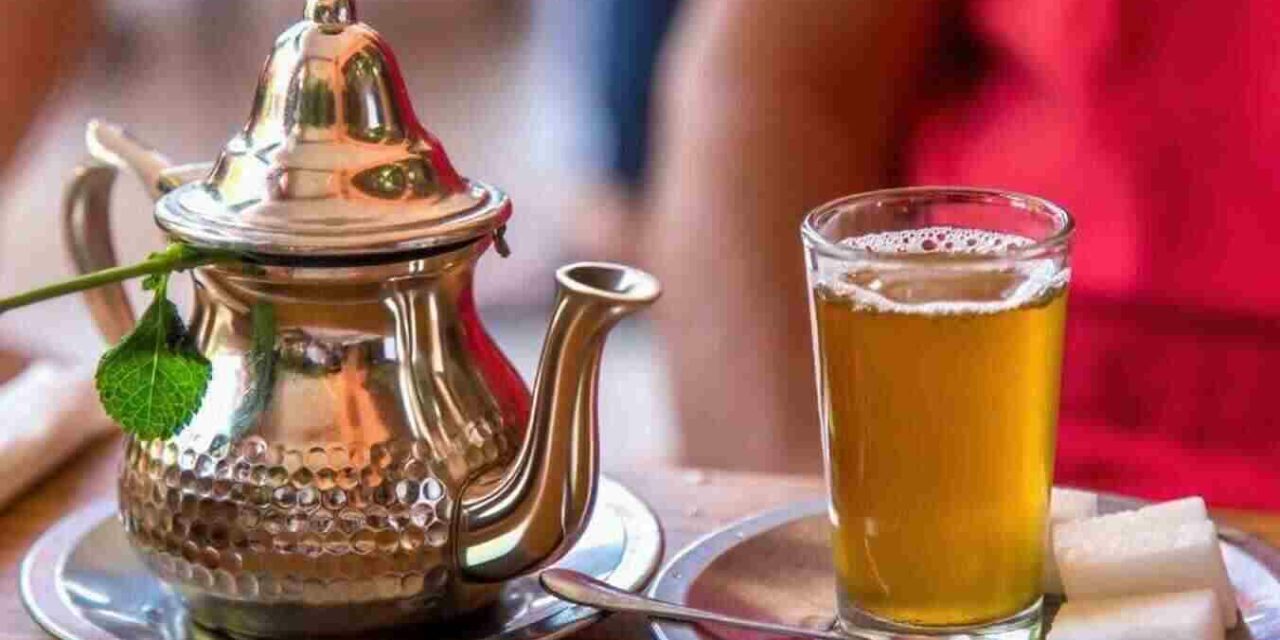
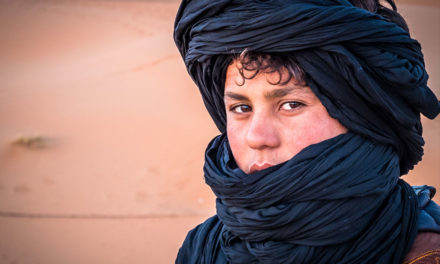

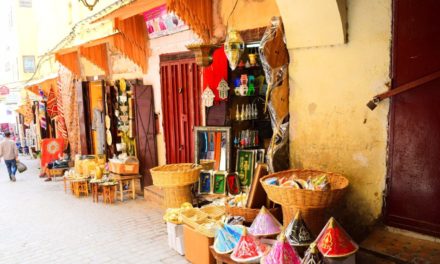














Recent Comments